Causes of varicose veins in men and methods of surgical and non surgical treatment
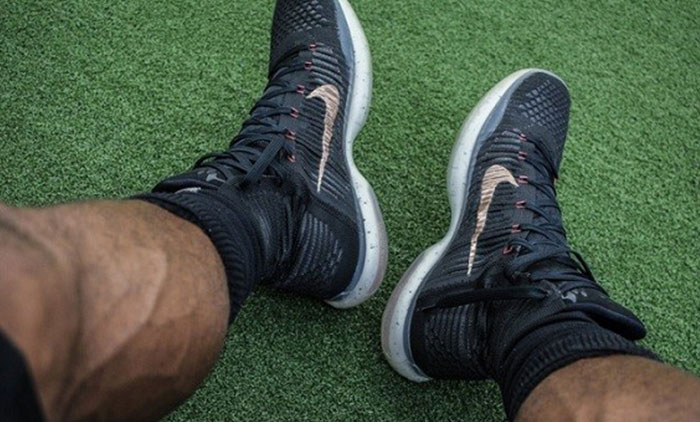
When it comes to varicose veins, most people consider it to be an issue that affects solely women. While this vascular condition is more common in women, men can develop varicose veins as well. Although the cosmetic side effect can be a nuisance, it’s important to look at the reasons behind varicose veins because they can often signify a serious underlying health concern.
How Men Develop Varicose Veins
As with women, varicose veins stem from standing or walking for prolonged periods of time. During this time, pools form in the veins. Varicose veins usually occur where there are weakened or damaged valves in the veins. Veins are only supposed to be one-way vessels carrying blood back to your heart. However, standing and walking places pressure on the veins, making them more susceptible to weakness or damage, especially to the valves that prevent blood from flowing the wrong way. If a valve weakens, blood flows back up into the veins and collects in them, which is a problem referred to venous insufficiency. As the blood backs up, it causes the veins to enlarge – leading to a varicose vein.
Risk Factors Associated with Men and Varicose Veins
What causes varicose veins in men is affected by certain factors such as age, occupation, lifestyle, and heredity.
- as you get older, your veins lose their elasticity, which causes them to stretch. The valves in your veins then weaken.
- If anyone in your family had varicose vein, you’re at a greater risk of them. Family history is the most prevalent cause of varicose veins in both women and men.
- Obesity, and just being overweight in general, places pressure on your veins, making you at a greater risk of developing varicose veins.
- If you have a job or lifestyle where you sit or stand for prolonged periods of time, you’re placing additional stress on the veins in your legs, increasing the likelihood of developing varicose veins.
- Those in the medical field as well as factory workers, waiters, and those in sales or in an office are more likely to develop varicose veins. It’s possible leg trauma can lead to the condition.
Symptoms of Varicose Veins

The majority of individuals will complain of leg aches at the end of the day, especially after a period of prolonged standing. Symptoms may include: feelings of leg fatigue
- heaviness of the legs
- aching
- burning
- throbbing
- itching
- cramping
- restlessness of the legs
With time, darkening or hyperpigmentation around the ankles becomes a classic feature of prolonged varicose veins, and eventually ulceration.
Diagnosis of Varicose Veins

Varicose veins can usually be diagnosed by a simple physical examination; however, the cause of the varicose vein requires the use of Doppler (Duplex) ultrasound. This painless test assesses the valve function in the groin, and can also determine how much blood is flowing back into the legs. The test can also determine the structure of your leg veins, as well as the presence of blood clots in the veins. This test can take between 20-30 minutes for each leg.
Treatment Options For Varicose Veins In Men
No matter what causes varicose veins in men, the initial treatment may consist of home care methods such as exercising, diet changes, elevating your legs, and possibly wearing compression stockings. More serious varicose veins might require sclerotherapy, laser surgery, and lifestyle changes.
Endovenous Laser Therapy Treatment
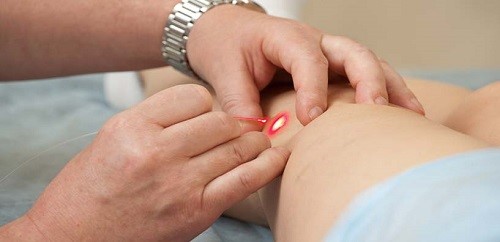
Laser surgery is a treatment using a laser that sends light energy into the leg to cause the vein to slowly fade and disappear. It treats smaller varicose veins and spider veins. The procedures begin with a small hole where the specialist inserts a catheter (tiny tube) into the vein. The specialists use a very thin fiber optic laser probe to heat the vein and collapse its walls. The procedure is relatively painless, especially compared to previously used procedures like vein stripping.
Sclerotherapy
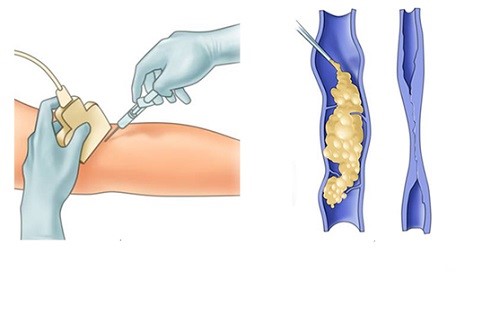
Sclerotherapy consists of a doctor injecting a saline solution into small- or medium-sized varicose veins. Foam sclerotherapy is also available for large veins. It consists of a foam that closes the vein. Both the foam and liquid solutions scar and close the vein, causing it to die off. Sclerotherapy corrects the cosmetic issue of varicose veins as well as swelling, burning, or night cramps.
Stent Angioplasty
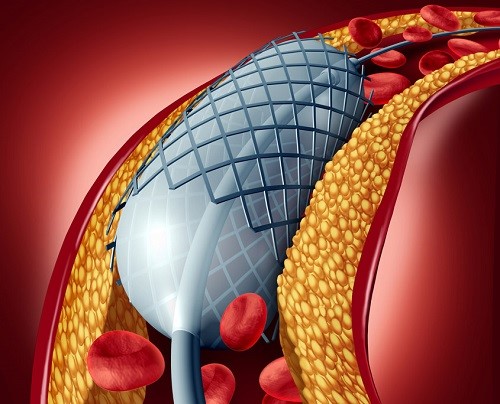
Stent angioplasty is a procedure opens blocked veins, in particular, in people who have plaque buildup in them that’s preventing blood from flowing optimally. The procedure uses a catheter in the leg open up the vein, so blood may flow to the heart. The specialist will inflate a tiny balloon in the vein to open it.
Lifestyle Changes
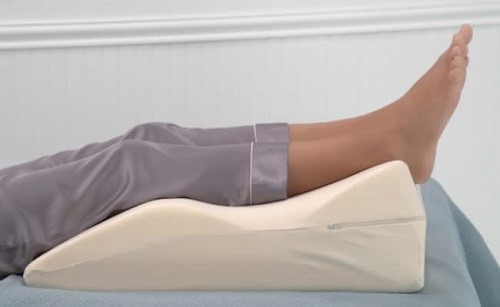
- Specialist may request you make certain lifestyle changes to reduce the prevalence of varicose veins. specialists may recommend you increase your physical activity in order to encourage blood circulation in your legs.
- specialist advises varicose vein patients to lose weight to take unneeded pressure off of the veins.
- The specialist may recommend a low-sodium diet to prevent swelling.
- You’ll also be advised to avoid wearing heels and elevate your legs when you can in order to improve circulation in your legs.
·Compression stockings are tight calf-high socks you wear while you’re awake to reduce swelling in your legs. These stockings encourage blood flow, especially in a patient who don’t move frequently. The compression stockings reduce your chances of developing a blood clot, in particular when you’re seated for prolonged periods of time.
Possible Complications from Varicose Veins in Men
Deep Vein Thrombosis
More importantly than what causes varicose veins in men are the possible complications from a varicose vein. Deep vein thrombosis, also known as DVT, is a condition characterized by a blood clot formation in one or more of the deep veins in the body. Usually, the condition arises in your legs and causes pain and swelling, but it’s possible you won’t have any symptoms at all. A blood clot has the potential to break off and lead to a pulmonary embolism, which can become life-threatening. You’re at a greater risk of the condition if other people in your family have DVT. Prolonged bed rest or paralysis can lead to DVT in men and so can an injury or surgery. As you age, you’re at a greater risk for DVT.
Leg Ulcer
A leg ulcer causes the skin to break down in the leg. Usually, it begins as a discolored patch. As air and bacteria enter where the damaged tissue is, it leads to a painful sore known as an ulcer. A venous ulcer is the most common form, attributing to more than 90 percent of all leg ulcers. Most ulcers heal in a week or two, but if it lasts longer, you should seek the assistance of a venous specialist because it could mean the veins aren’t functioning as they should.
Supraventricular Tachycardia
Supraventricular tachycardia, often referred to as SVT, is an abnormally fast heart rate caused by rhythm problems that begin in the upper ventricles of the heart. In patients who have this condition, electrical impulses improperly signal the heart to beat, which can cause a feeling like your heart is flutter or racing. You may have shortness of breath, heart palpitations, sweating, lightheadedness, dizziness, a pounding sensation in your heart, or fainting. Varicose veins occur in people who have SVT because the veins and arteries work harder in people who have a rapid heart rate. When the veins have to work harder, it puts stress on them, leading to varicose veins in some people.
Lipodermatosclerosis
Lipodermatosclerosis is a condition that changes the skin in the lower legs. It causes pain, changes in skin color, hardening of the skin, and swelling. The cause of the condition isn’t known, but it’s possible obesity or venous insufficiency will increase your risk of developing it. Although it’s more common in women, lipodermatosclerosis is possible in men.
Vein Infections
Sometimes, your veins may appear visible as a result of an infection either in the vein or in the cells surrounding the veins. This is especially prevalent if you have an autoimmune system impairment or a condition like diabetes.
Cellulitis is an infection that can lead to veins becoming more prominent. It’s possible this condition will cause heat, tenderness, redness, and swelling. The condition can spread to the veins and cause them to swell. You might notice red streaks as the infection spreads.
Numbness
Numbness in your legs as the result of diabetic neuropathy or another nerve-related condition may mask pain from an injury. The numbness can mask or be confused with severe varicose veins and only a vein specialist is able to differentiate between the two.





